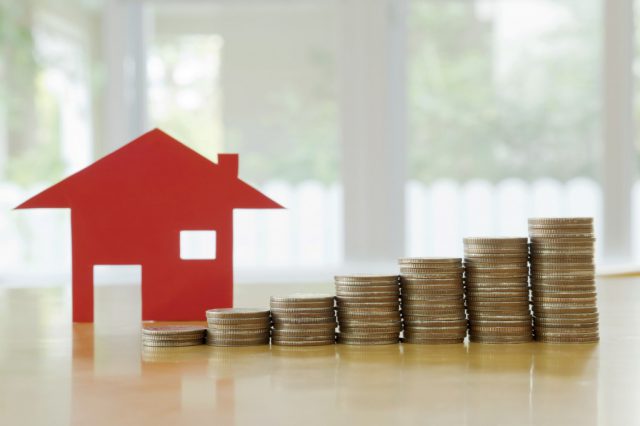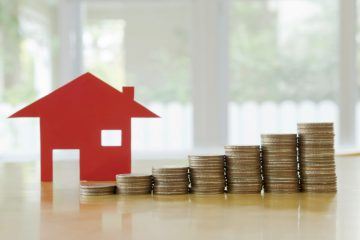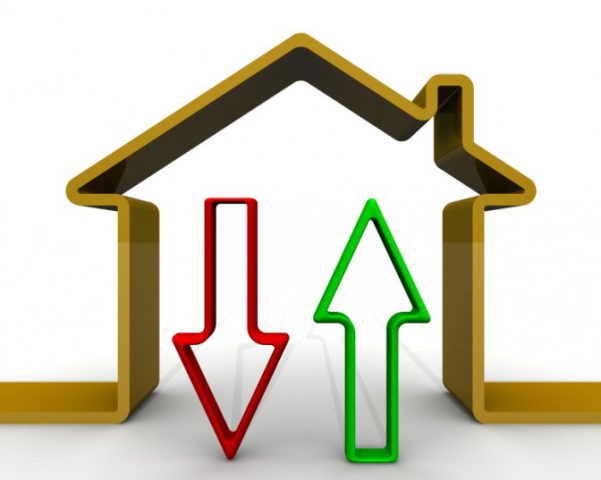Buying a property near a park will cost you a whopping 70% more than the UK average, according to the latest research by online estate agent eMoov.co.uk.
The agent looked at eight major cities across the UK and the average cost of purchasing a property in each, compared with the price of homes surrounding each city’s best and biggest parks.
Although living in the city has many upsides, lots of green space isn’t one of them. Therefore, buying near a park, for both homeowners and landlords, can come with a premium.
eMoov found that properties surrounding 24 of the UK’s best city parks cost an average of 70% more than the average UK house price of £206,909.
Despite this, there are affordable options within these cities for those looking to live or let near green space.
England
Across England, properties surrounding the 13 major parks are 67% more expensive than the English average.
Liverpool
Average house price: £153,646
Park average: £215,061
Liverpool’s park house prices are 39.9% higher than the city’s average property value. A home surrounding the picturesque Calderstones Park costs £249,876. However, there are more affordable options, with Sefton and Otterspool Parks both costing £197,653 on average.
Manchester
Average house price: £167,284
Park average: £180,110
Properties near Manchester parks aren’t as expensive as Liverpool’s, at 7.6% higher, but a park-side property can still set you back a fair bit. The average property near Prestwich Forest Park costs £193,904, while Heaton Park homes cost £198,202. Nevertheless, Wythenshaw Park is £19,059 below the city’s average, at £148,225.

Living Near a Park will Cost you 70% More than the UK Average
Birmingham
Average house price: £176,012
Park average: £168,721
Topping the list for affordable park-side properties is Birmingham, where homes around the city’s parks are actually cheaper than the city average (-4%). Despite Cannon Hill Park’s higher than average price tag of £227,204, both Sutton Park and Sheldon Country Park have cheaper property values of £118,500 and £160,459 respectively.
London
With the high cost of buying London property in general, it is no surprise that living close to a park will demand a higher budget – 83% more to be precise. The London average of £603,422 soars to £1,105,366 if you want to purchase near some green space.
Camden
Average house price: £1,063,292
Park average: £1,320,985
Unsurprisingly, Hampstead Heath Park is £257,693 above the borough’s average, and a huge £717,563 above the average house price in the capital.
Richmond
Average house price: £801,978
Park average: £810,279
Property values surrounding Richmond Park in southwest London are £8,301 above the borough’s average, and £206,857 higher than London as a whole.
Kensington and Chelsea
Average house price: £2,005,744
Park average: £1,831,411
The area around Hyde Park is the best place for high-end homeowners to look for park-side properties, as homes bordering the park are lower than the borough as a whole. But at more than £1.8m, it’s hardly an affordable option.
Bromley
Average house price: £478,378
Park average: £458,788
There is a silver lining for those looking to invest in homes close to green spaces in London, and that is Bromley. Property surrounding Crystal Palace Park is £144,634 less than the capital’s average and £19,590 below the borough’s average price. Therefore, it is the most affordable part of the capital for urban and green living.
Scotland
The average house price surrounding six of the best parks in Scottish cities is £236,010 – a 39.8% increase on the average value across the country.
Edinburgh
Average house price: £246,275
Park average: £300,920
Living near Edinburgh’s Holyrood Park is a cheap option, at £198,270, although park-side properties typically boast a 22.1% premium. Prices in Inverleith Park (£286,361) and Princes Street Garden (£418,129) jump drastically.
Glasgow
Average house price: £160,096
Park average: £171,099
Linn Park in Glasgow is £5,548 below the city’s average, while Pollock Country Park and Kelvin Grove Park come at a much higher price, resulting in a premium of 6.8% more the average.
Wales
Park-side properties in cities across Wales cost 24.1% higher than the average.
Cardiff
Average house price: £216,083
Park average: £220,723
Bute Park homes cost £196,286, while Victoria Park has an average property value of £202,477. But property surrounding Roath Park is well above Cardiff’s average, at £263,407.
Swansea
Average house price: £161,144
Park average: £201,209
In Swansea, the average house price surrounding three of the city’s biggest and best parks is 28.8% higher than the city average.
The Founder and CEO of eMoov, Russell Quirk, says: “When considering a property purchase, it is easy to get wrapped up in the important factors, such as commuter links and the standard of education in the area, but this research shows that even the more social amenities, such as parks and open spaces, can push up the price of a property.
“For families looking to have all the amenities that a city offers but still have green space for their children, Birmingham is an excellent choice, with the most affordable options across the city. With the rising prices across London, affordable property surrounding parks is becoming almost impossible to find, although Crystal Palace offers a slight ray of light.”
He adds: “Places like parks and other green areas are becoming of greater importance to buyers, particularly those with children or animals, so they can escape the confines of their homes. As a result, it is no surprise that living next to a large, spacious park, as with a Tube station, can persuade buyers to part with more cash than they might elsewhere.”









